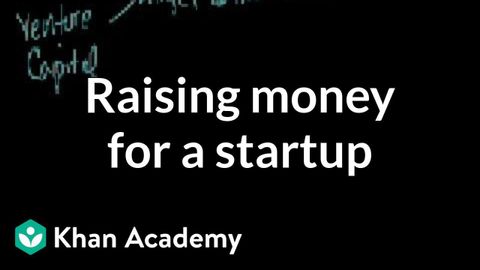創業公司融資|股票和債券|金融與資本市場|可汗學院 (Raising money for a startup | Stocks and bonds | Finance & Capital Markets | Khan Academy)
kstmasa 發佈於 2021 年 01 月 14 日  沒有此條件下的單字
沒有此條件下的單字US /ɪˈsenʃəli/
・
UK /ɪˈsenʃəli/
- adv.本質上 ; 本來 ; 實質上;本質上;實際上
US /ˈprɑsˌɛs, ˈproˌsɛs/
・
UK /prə'ses/
- v.t.用電腦處理(資料);(依照規定程序)處理;處理;流程;加工;理解
- n. (c./u.)(規定的)程序;過程;進程;方法;法律程序;進程
US /ˈɑrbɪˌtrɛri/
・
UK /ˈɑ:bitrəri/
- adj.任意的;獨斷的;任意的;武斷的;不講理的;專斷的
US /ˈdʒɛnərəl/
・
UK /'dʒenrəl/
- adj.一種常見的做法,整體;籠統的;廣泛適用的;總指揮的
- n. (c.)將軍
- n. (c./u.)大眾;一般研究領域

